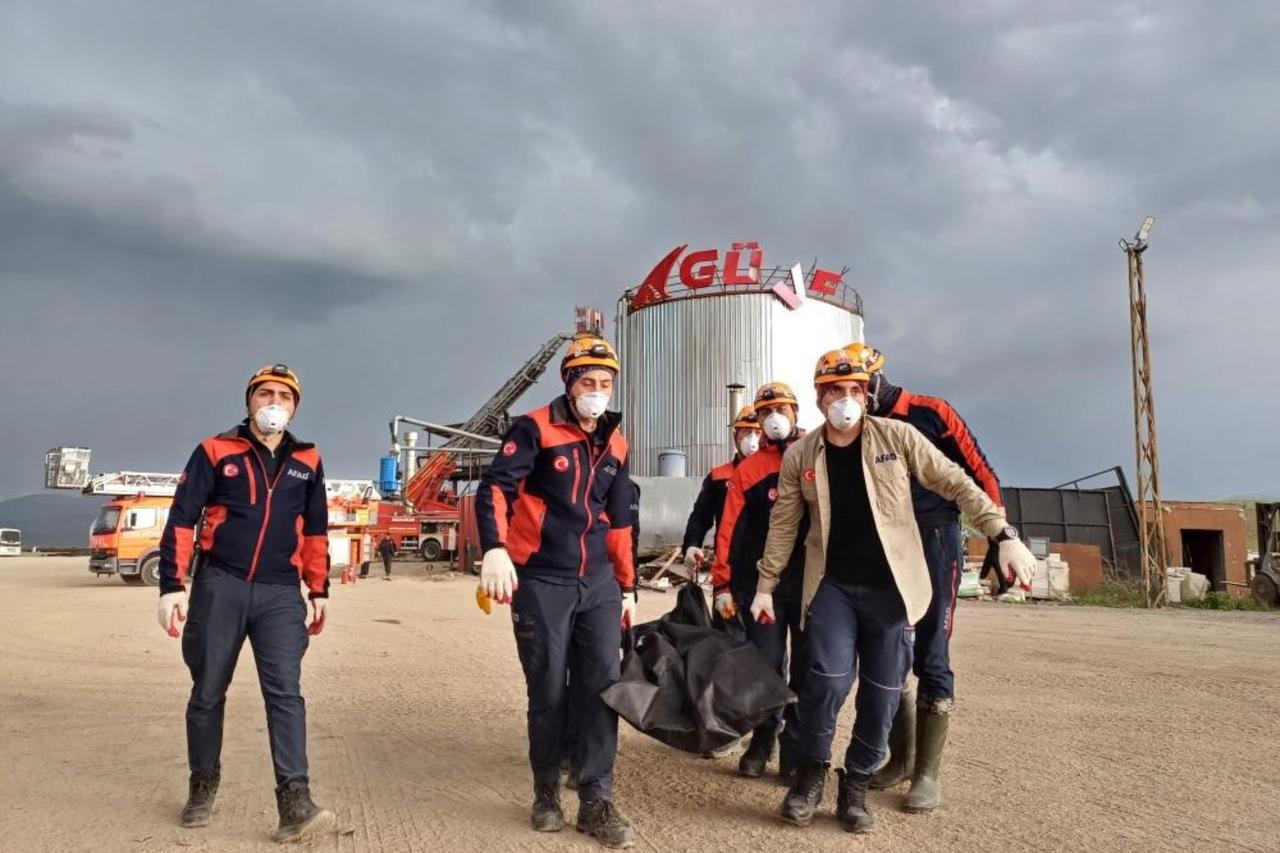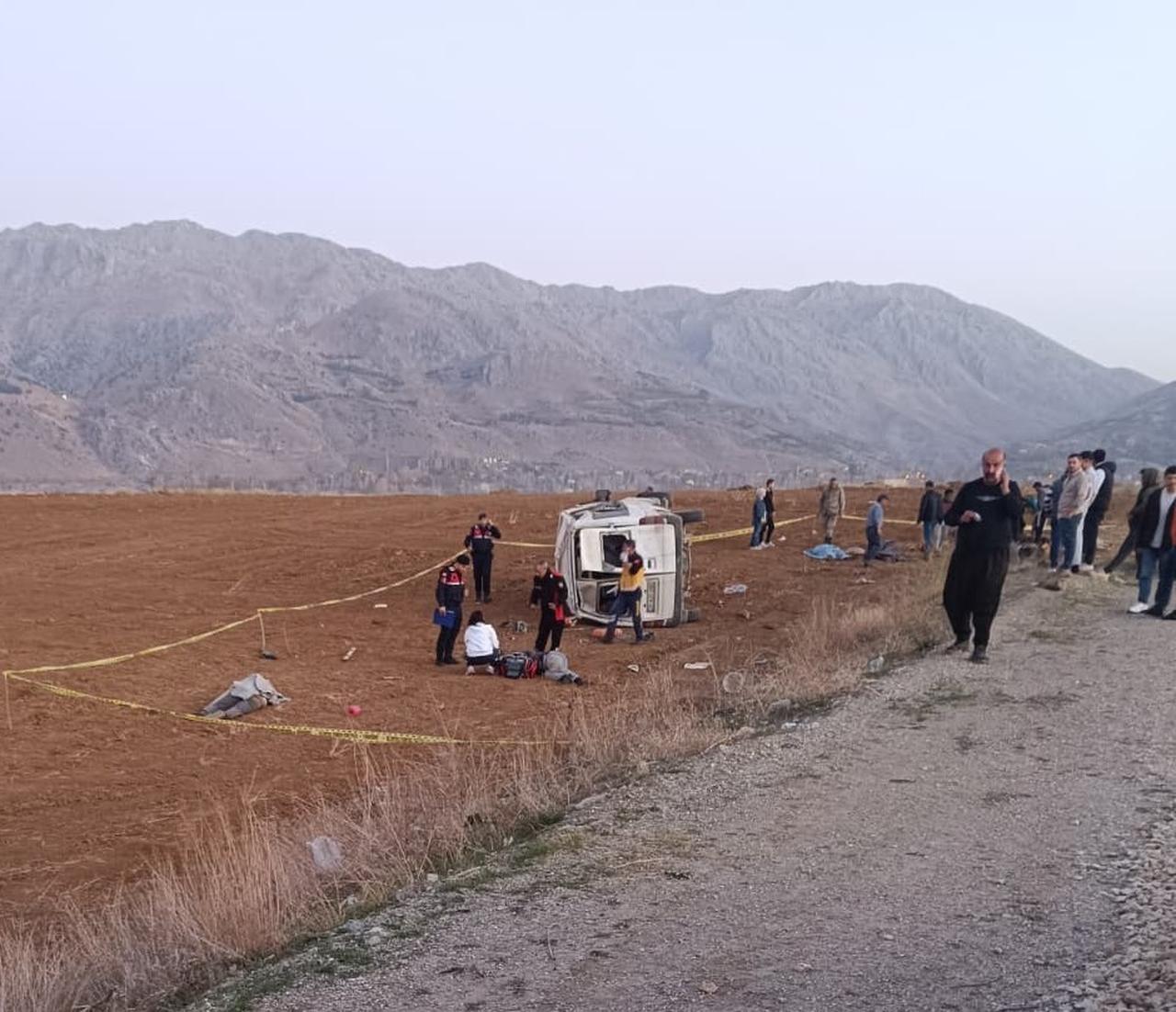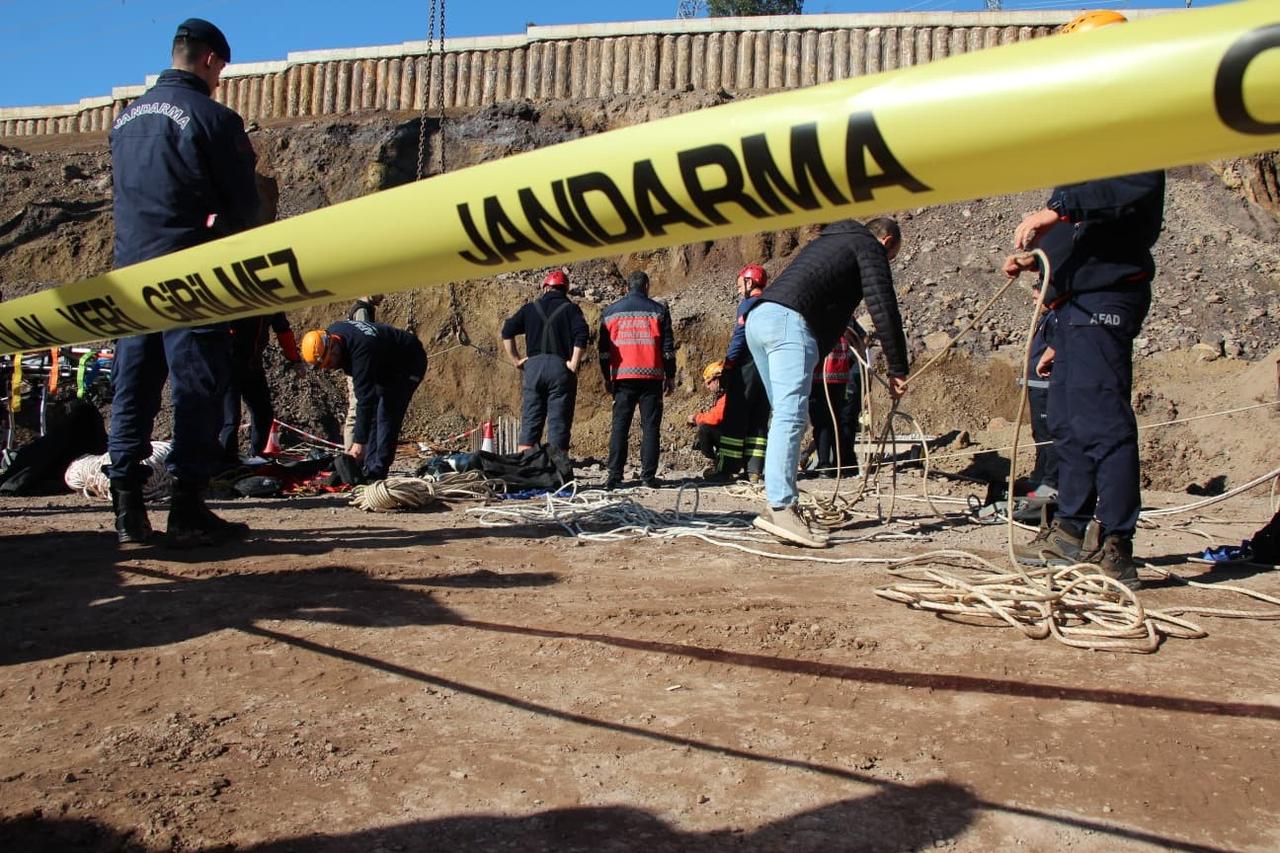
A new monthly report by the Health and Safety Labor Watch Council (ISIG) on workplace fatalities reveals that at least 169 workers died across Türkiye in October, bringing the total number of worker deaths in the first ten months of 2025 to at least 1,737.
The figures, compiled from national media reports as well as testimonies from colleagues, families, workplace safety experts, unions, and local sources, highlight the ongoing risks faced by workers in agriculture, construction, transportation, and heavy industry.
The report was released alongside a message of solidarity with university students demonstrating across campuses for access to housing, food, and education, with the statement noting that the struggle for basic rights ties workers and students together across generations.

In October, the highest number of fatalities occurred in the agriculture sector, with 24 farmers and 22 agricultural laborers losing their lives. Construction followed with 43 deaths, and transportation-related work accounted for 25 additional fatalities.
Across all industries, the report identifies 58 deaths in industrial production, 46 in agriculture, 44 in construction, and 21 in service-related fields.
Several incidents in shipyards near Istanbul’s Tuzla district drew particular attention, as details surrounding the deaths of multiple shipyard workers remained incomplete. These cases included the death of a Ukrainian worker after a shipboard structure collapsed, and the death of a Syrian worker exposed to leaking carbon dioxide gas during maintenance operations.
The most frequent causes of death in October were crushing or collapse-related incidents, often involving overturned tractors or heavy machinery in agriculture, and machinery entanglement in industrial facilities.
Traffic and transport accidents were the second most common cause, particularly involving unsafe worker transportation vehicles in rural and industrial areas.
Falls from height, especially in construction sites lacking guardrails or proper scaffolding, are closely followed. Overwork-related heart attacks and strokes were also notable across multiple sectors.

At least eight minors lost their lives while working in October. The victims ranged from nine to seventeen years old and included agricultural laborers, a forestry worker, and teenage employees in workshops and factories.
Incidents included machinery entanglement, transportation accidents, structural collapses, and a case of suicide linked to working conditions.
At least twelve women workers died in October. They were employed in sectors including agriculture, food production, textiles, office work, trade, metal, healthcare, and general services.
Additionally, at least seven migrant workers from Syria, Azerbaijan, Egypt, Turkmenistan, and Ukraine died while working in agriculture, construction, shipyards, and metal workshops.
The report also notes that only three of the 169 workers who died in October were union members, while the vast majority were non-unionized, reflecting a continued challenge in collective labor representation and bargaining among vulnerable workers.

Of the workers identified, 32 were between 18 and 29 years old, 61 were between 30 and 49, and 46 were aged 50 to 64.
Fourteen workers were aged 65 and above, indicating that elderly labor remains widespread in sectors such as agriculture and informal employment.